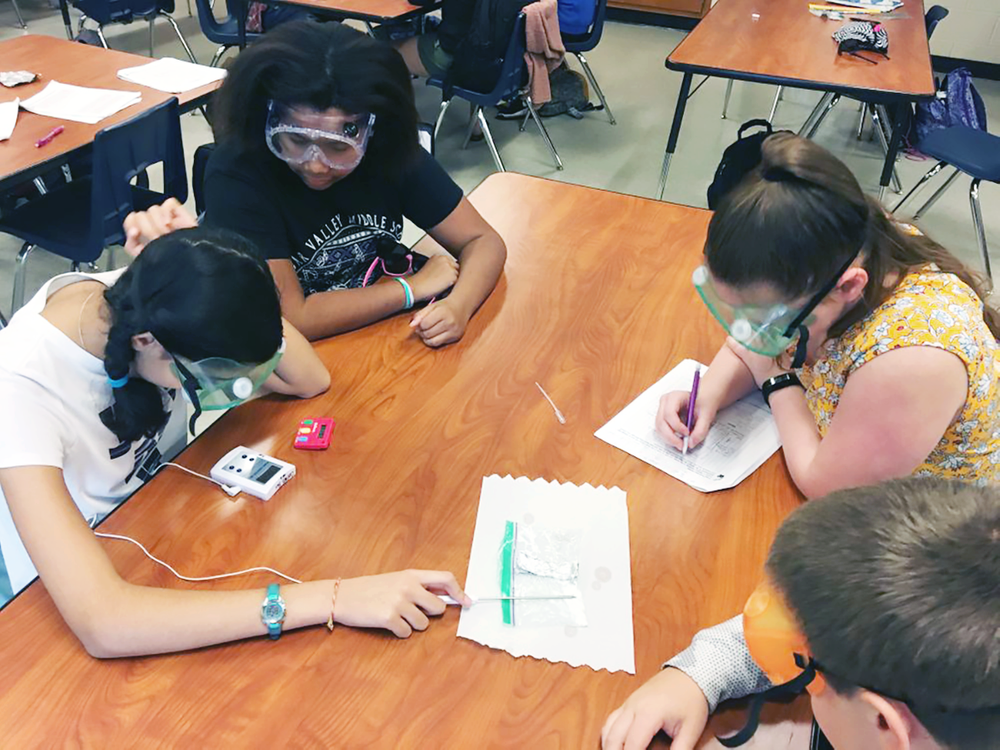
Engineering
Our engineering program includes instructional materials, hands-on kits, classroom resources, and professional learning experiences for teachers.
Key Features of Argument-Driven Inquiry in Engineering
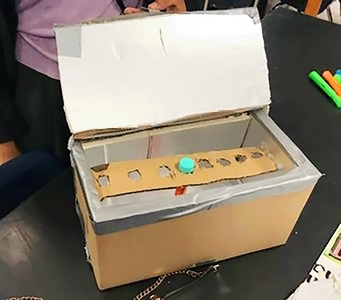
Designing Solutions to Problems that will Help Make the World a Better Place
All of our STEM design challenges require students to develop a solution to a problem that will make a difference in the world. Rather than asking students to use straws to create a tower or to protect an egg that is dropped off a balcony, we ask students to design such things as storage containers to keep medicine cold, a light fixture that can be powered without electricity, or a hand warmer that can be given to people experiencing homelessness during a winter storm. Our goal is to help all students see how they can use science, engineering, and mathematics to help other people and make the world a better place.
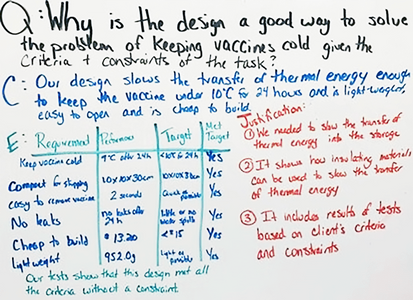
Use of Ideas and Practices from Science, Engineering, and Math
- All of our design challenges require students to use the ideas and practices of science, engineering, and mathematics to develop a solution to a problem. Throughout the challenge, students are encouraged to grapple with and make sense of important ideas and practices. Our goal is to help students become knowledgeable, flexible, and resourceful disciplinary thinkers.
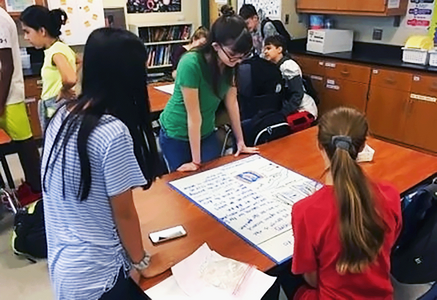
Use of Literacy Practices in the Service of Sense-Making
Our design challenges give students an authentic context to develop their disciplinary-based literacy practices because they read to obtain and evaluate information, talk to communicate, critique, and refine ideas, and write to share what they figured out.
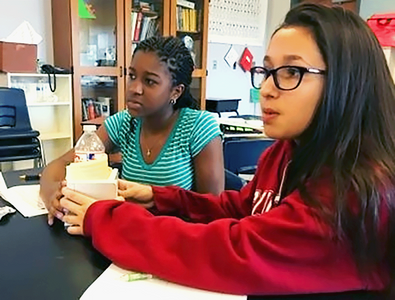
Equitable by Design
Our design challenges provide all students with a fair opportunity to learn how to use the ideas and practices of science, engineering, and mathematics to solve problems. They also support the active engagement of all students so every student feels like their ideas are useful and their participation is valued because they have unique life experiences and ways of talking or thinking. Our design challenges invite and support the active engagement of all students in ways that help them see themselves as a knower and doer of engineering.
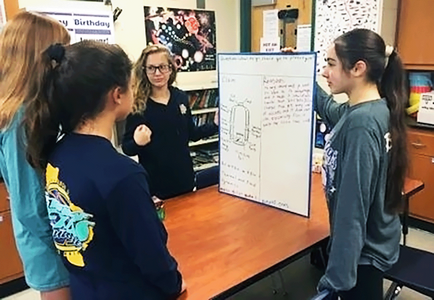
All Design Challenges Stress Collaboration and are Highly Interactive
Students are collaborators who work together as a community to develop the best solution possible given the parameters of the design challenge. They are encouraged to examine their peers’ ideas and to consider how to use those ideas to make sense of what they are seeing or doing. Students give each other feedback and help each other improve throughout each challenge. These types of activities foster supportive interactions between students and promote the development of critical-thinking skills over time.
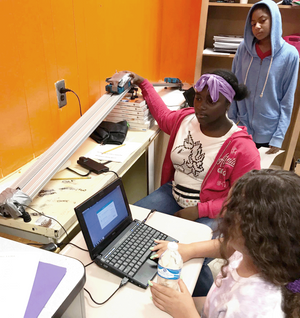
Research-Based and Standards Aligned
We use the Argument-Driven Engineering instructional model to create all our design challenges. This way of teaching was developed and tested through classroom-based research and then refined over time based on feedback from teachers. We also align each design challenge with national and state standards in science, engineering, and mathematics so teachers can make informed decisions about when and how to use them.
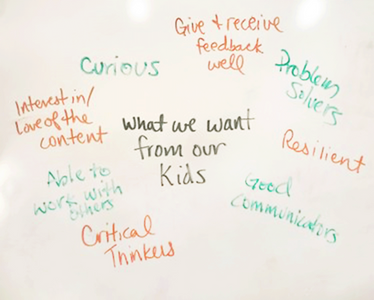
Easy to Integrate into any Curriculum
Our instructional materials are designed to supplement an existing engineering, science, or math curriculum rather than replace it. Teachers can add one of our design challenges to a math or science unit to give students an opportunity to use the core ideas they are learning about or they can use one of our design challenges to replace one in an engineering unit that is not well aligned with a key standard. These design challenges can also be used as a stand-alone learning experience that takes place in-between units to address any topic that is not really addressed in the current curriculum or after a unit to give students another opportunity to learn a core idea in a meaningful and equitable way.

Check out a design challenge
Download an example design challenge and other useful instructional tools.
Videos
Watch some of our videos to see what a design challenge looks like.

Hands-on Kits
Investigation kits include all the hands-on materials that students need.

Classroom Resources
We have whiteboards, easels, posters, and other resources available.

Instructional Materials
The ADI Learning Hub includes a growing library of STEM Design Challenges.

The ADI Instructional Model
We use the ADI instructional model to create all of our engineering investigations.
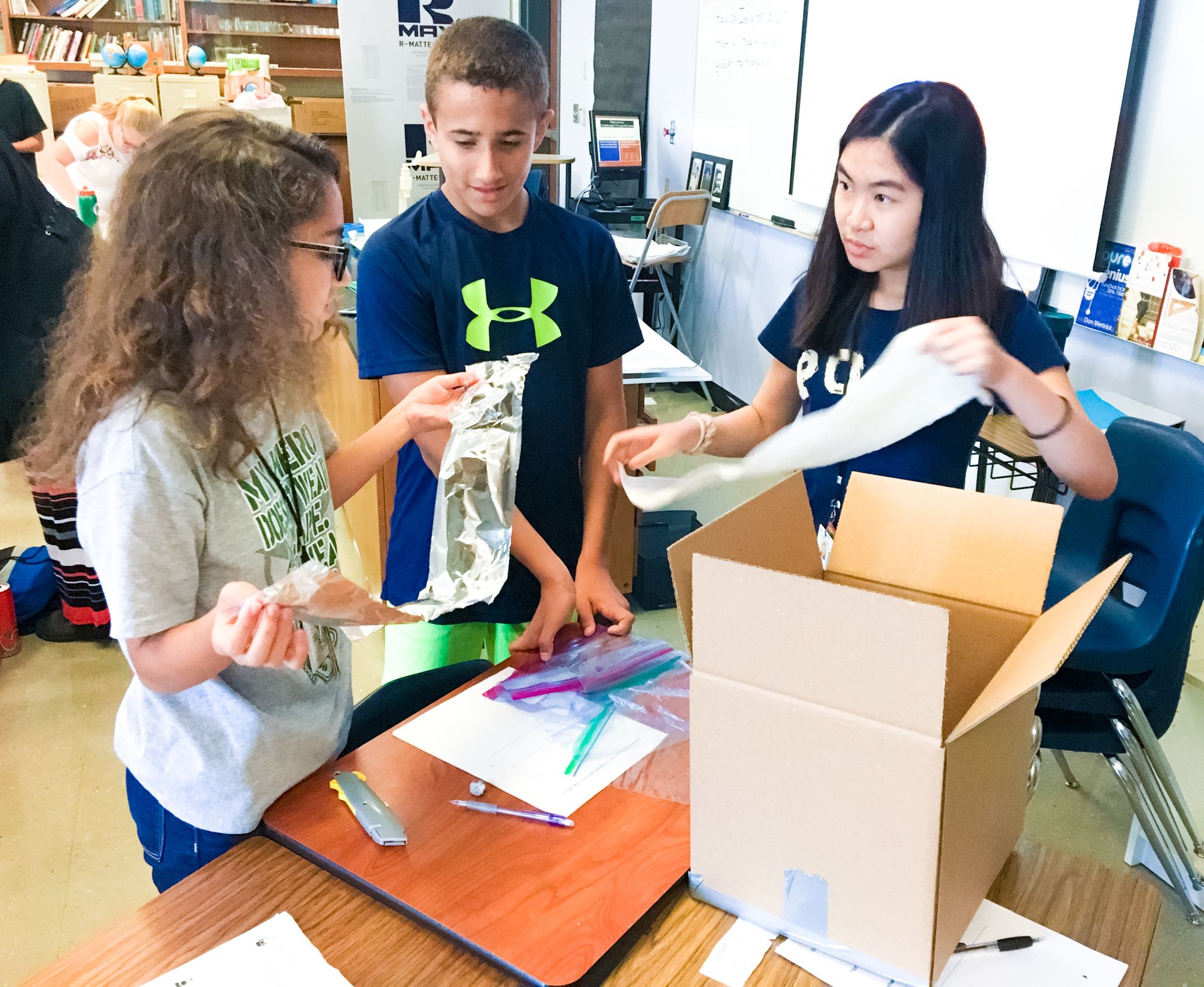
Ready to make a change?
Set up a meeting with one of our program specialists to learn more about how you can use Argument-Driven Inquiry to make the teaching and learning of engineering in your district or school more meaningful, rigorous, and equitable.
